Beginning Readers - Alphabetics
Sound Partners
Program description
Sound Partners is a tutoring program that provides supplemental reading instruction to elementary school students grades K–3 with below average reading skills. The program focuses on phonics, phonemic awareness, sight words, and oral reading practice using decodable texts with a set of scripted lessons in alphabetic and phonics skills. The lessons are designed for easy implementation by tutors with minimal training and experience. Tutoring lessons are recommended at 30 minutes per day, five days per week.
Student population
Sound Partners has been examined in Kindergarten and 1st grade students in urban settings. Participants included Asian, Black, White, and Hispanic struggling readers or English language learners from primarily low socio-economic backgrounds.
Current evidence
Sound Partners has been rated as Strong by Evidence for ESSA K-1st grade struggling readers (https://www.evidenceforessa.org/programs/reading/sound-partners-struggling-readers) and English language learners (https://www.evidenceforessa.org/programs/reading/sound-partners-english-learners). The What Works Clearinghouse rated Sound Partners as having positive effects for alphabetics, fluency, and comprehension and no discernable effects for general reading achievement (https://ies.ed.gov/ncee/wwc/Docs/InterventionReports/wwc_soundpartners_092110.pdf).
For more information
https://www.voyagersopris.com/literacy/sound-partners/overview
Vadasy, P. F., & Sanders, E. A. (2011). Efficacy of Supplemental Phonics-Based Instruction for Low-Skilled First Graders: How Language Minority Status and Pretest Characteristics Moderate Treatment Response. Scientific Studies of Reading, 15(6), 471–497. http://doi.org/10.1080/10888438.2010.501091
Vadasy, P. F., & Sanders, E. A. (2010). Efficacy of supplemental phonics-based instruction for low-skilled kindergarteners in the context of language minority status and classroom phonics instruction.
Journal of Educational Psychology, 102(4), 786–803. http://doi.org/10.1037/a0019639
https://ies.ed.gov/ncee/wwc/Docs/InterventionReports/wwc_soundpartners_092110.pdf


